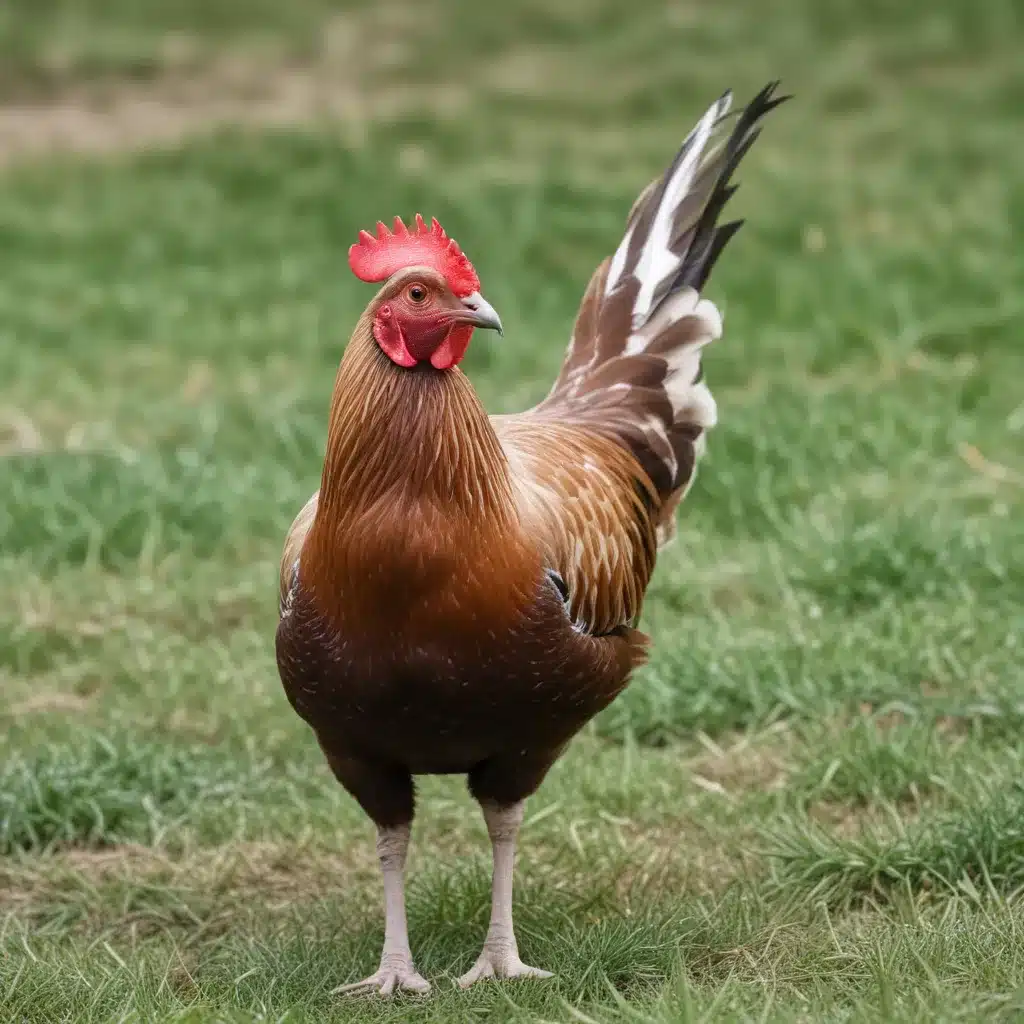
As an experienced avian caretaker, I understand the critical importance of safeguarding both human and avian health. Zoonotic diseases, or those that can be transmitted between animals and humans, pose a significant threat to our feathered companions and ourselves. In this comprehensive guide, I’ll delve into the intricate world of avian zoonoses, equipping you with the knowledge and strategies to keep your flock and your family safe.
Avian Species and Habitats
To effectively mitigate the risks of zoonotic diseases, we must first understand the diverse avian populations we interact with. Domestic poultry, such as chickens, turkeys, and ducks, are common residents of backyard coops and small-scale farms. These birds can harbor a variety of pathogens, including the dreaded avian influenza, also known as “bird flu.”
Wild bird populations, particularly migratory waterfowl like ducks, geese, and shorebirds, act as natural reservoirs for numerous avian viruses. As these feathered travelers cross continents, they can inadvertently spread diseases to domestic flocks and, in some cases, to humans. Understanding the migration patterns and habitats of these wild species is crucial for anticipating and managing potential disease outbreaks.
Zoonotic Disease Transmission
Avian zoonoses can be caused by a variety of infectious agents, including viruses, bacteria, and parasites. The modes of transmission vary, but they often involve direct contact with infected birds, their bodily fluids, or contaminated environments.
Viral infections, such as the highly pathogenic avian influenza (HPAI) virus, can spread rapidly through poultry flocks and occasionally jump to humans, causing severe respiratory illness. Bacterial outbreaks, like Salmonella and Campylobacter, often originate from contaminated poultry products, highlighting the importance of proper food handling and hygiene.
Parasitic infestations, such as those caused by the Cryptosporidium protozoan, can also be transmitted through contact with infected birds or their living spaces. These parasitic diseases can lead to gastrointestinal distress and other complications in both avian and human hosts.
Avian Disease Risks to Humans
Individuals who work closely with birds, either in occupational or recreational settings, face a heightened risk of exposure to zoonotic diseases. Poultry farmers, veterinarians, wildlife rehabilitators, and aviculturists are among the groups most vulnerable to contracting avian-borne illnesses.
Even casual interactions, such as handling pet birds or visiting petting zoos, can potentially expose individuals to infectious agents. Household interactions with backyard chickens or ducks can also put family members, especially young children, at risk of contracting salmonellosis or other bacterial infections.
Transmission Pathways
Avian zoonoses can be transmitted through various routes, including direct contact with infected birds, inhalation of aerosolized particles, or vector-borne transmission via insects or other intermediaries. Understanding these transmission pathways is crucial for implementing effective preventive measures.
Vulnerable Populations
Certain individuals, such as the immunocompromised, the elderly, and pregnant women, are at an increased risk of developing severe complications from avian-borne diseases. These vulnerable populations require additional precautions and may need specialized medical care if exposed to zoonotic pathogens.
Preventive Measures for Flock Owners
As a responsible avian caretaker, you play a vital role in safeguarding the health of your flock and minimizing the risk of zoonotic disease transmission. Implementing robust biosecurity protocols, vaccination strategies, and vigilant monitoring are essential to protecting your feathered companions and your family.
Biosecurity Protocols
Maintaining strict biosecurity measures is the cornerstone of avian disease prevention. This includes limiting visitor access to your flock, practicing thorough cleaning and disinfection of equipment and facilities, and implementing effective quarantine procedures for new birds.
Vaccination Strategies
Vaccination can be a powerful tool in combating avian-borne illnesses, such as certain strains of influenza. Consult with your veterinarian to develop a vaccination plan tailored to your flock’s specific needs and the disease risks in your region.
Vigilant Monitoring
Regularly inspecting your birds for signs of illness, such as respiratory distress, lethargy, or unusual behavior, can help you identify potential disease outbreaks early. Reporting any suspicious symptoms or unexplained deaths to the appropriate authorities is crucial for containing the spread of zoonotic diseases.
Personal Protective Equipment
When interacting with your flock, it’s essential to use proper personal protective equipment (PPE) to minimize the risk of exposure. This may include respiratory protection, such as N95 or P100 respirators, as well as protective clothing, gloves, and disinfection procedures.
Flock Management Practices
Implementing sound flock management practices can also contribute to the overall health and well-being of your birds. This includes isolating sick or newly introduced birds, maintaining impeccable sanitation and hygiene, and following proper disposal methods for waste and carcasses.
Avian Disease Outbreaks and Public Health
In the event of an avian disease outbreak, the collaboration between individual flock owners, public health authorities, and regulatory agencies is crucial. Vigilant surveillance, prompt reporting, and coordinated response efforts are key to containing the spread of zoonotic diseases and protecting both animal and human populations.
Regulatory Frameworks
Familiarize yourself with the disease notification requirements, movement controls, and emergency preparedness plans established by your local and national authorities. Compliance with these regulations can significantly contribute to the overall management of avian disease outbreaks.
Public Awareness and Education
Effective risk communication, public education, and community engagement are vital for empowering individuals to adopt preventive behaviors and respond appropriately to avian disease threats. By fostering a well-informed and proactive community, we can collectively minimize the impact of zoonotic diseases on both our feathered friends and ourselves.
At Mika Birds Farm, we are committed to promoting avian health and protecting our shared environments. By working together, we can navigate the complex landscape of avian zoonotic diseases, safeguarding the well-being of our flocks and our communities. Stay vigilant, stay informed, and let’s embark on this journey of avian disease prevention and mitigation.


